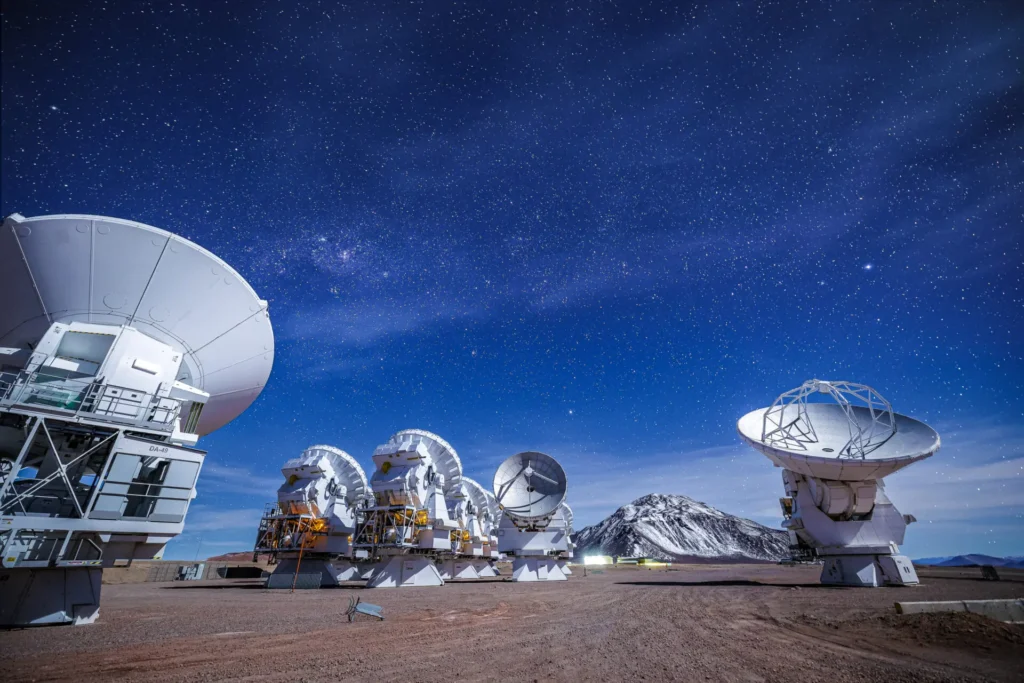SRON-astronomer Matus Rybak receives a Vidi grant from NWO to observe cyanides in galaxies from the early Universe. This will help us understand how the relatively fast formation of the first generation of stars was fueled. The grant enables Rybak to take one PhD student with him to Leiden, where he will conduct the research.

Did stars in the early Universe form like they do today? Early galaxies formed stars much faster than those we see now. To understand this, Rybak studies the dense, cold gas that will collapse into stars, tracing it using complex molecules – especially cyanides. Using large radio telescopes and gravitational lensing – Nature’s magnifying glass – he will detect cyanides in the dense gas in over a hundred early galaxies. These observations will provide new insights into how stars formed in the young Universe, helping us uncover the physical conditions that fueled such rapid star formation.


